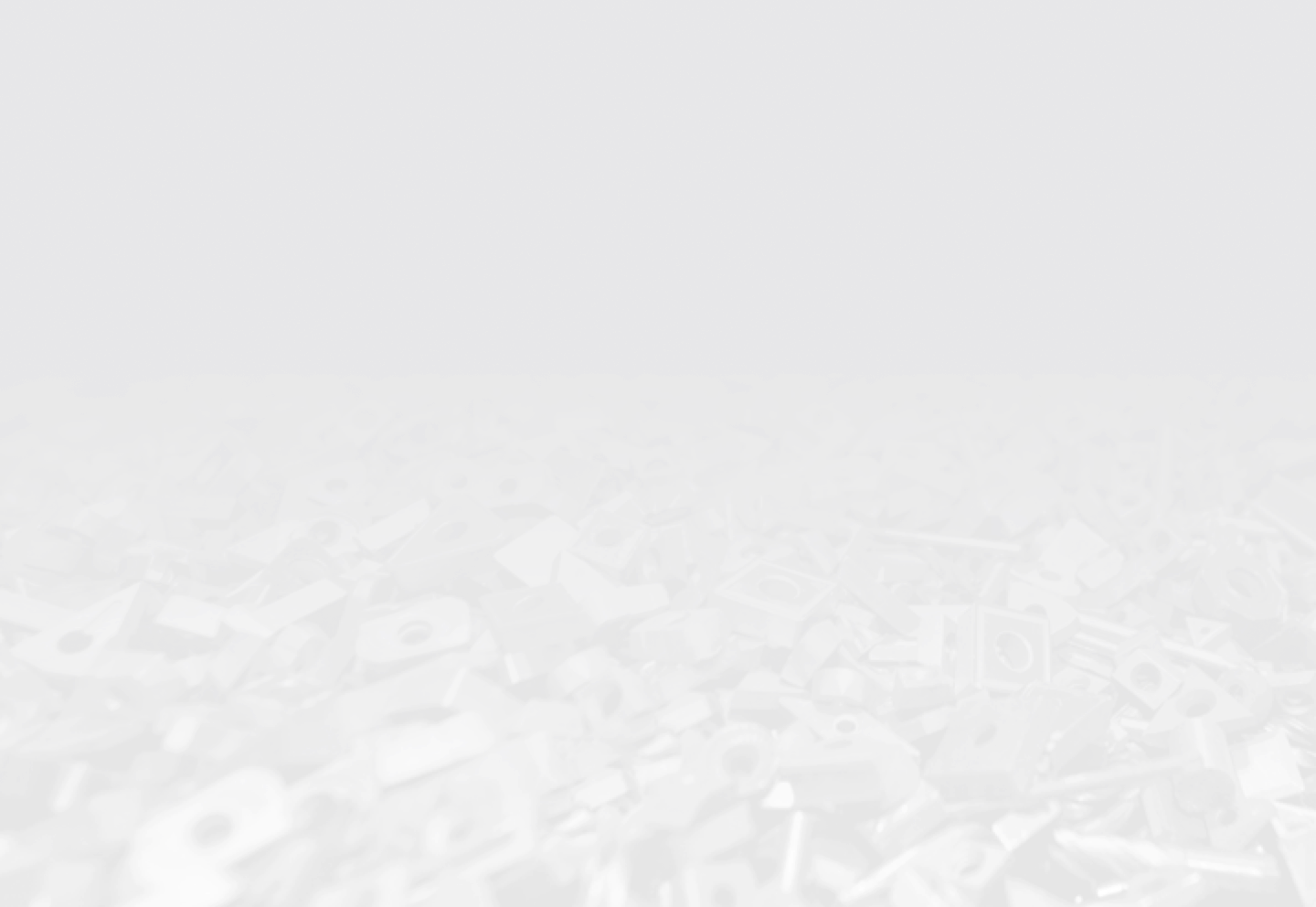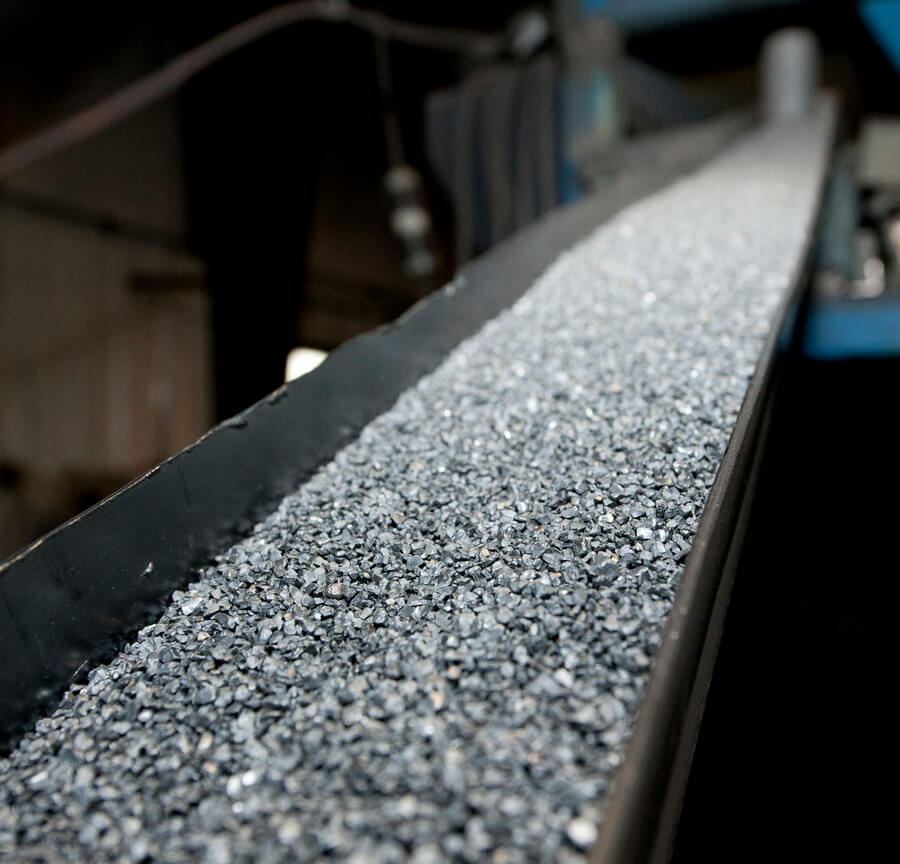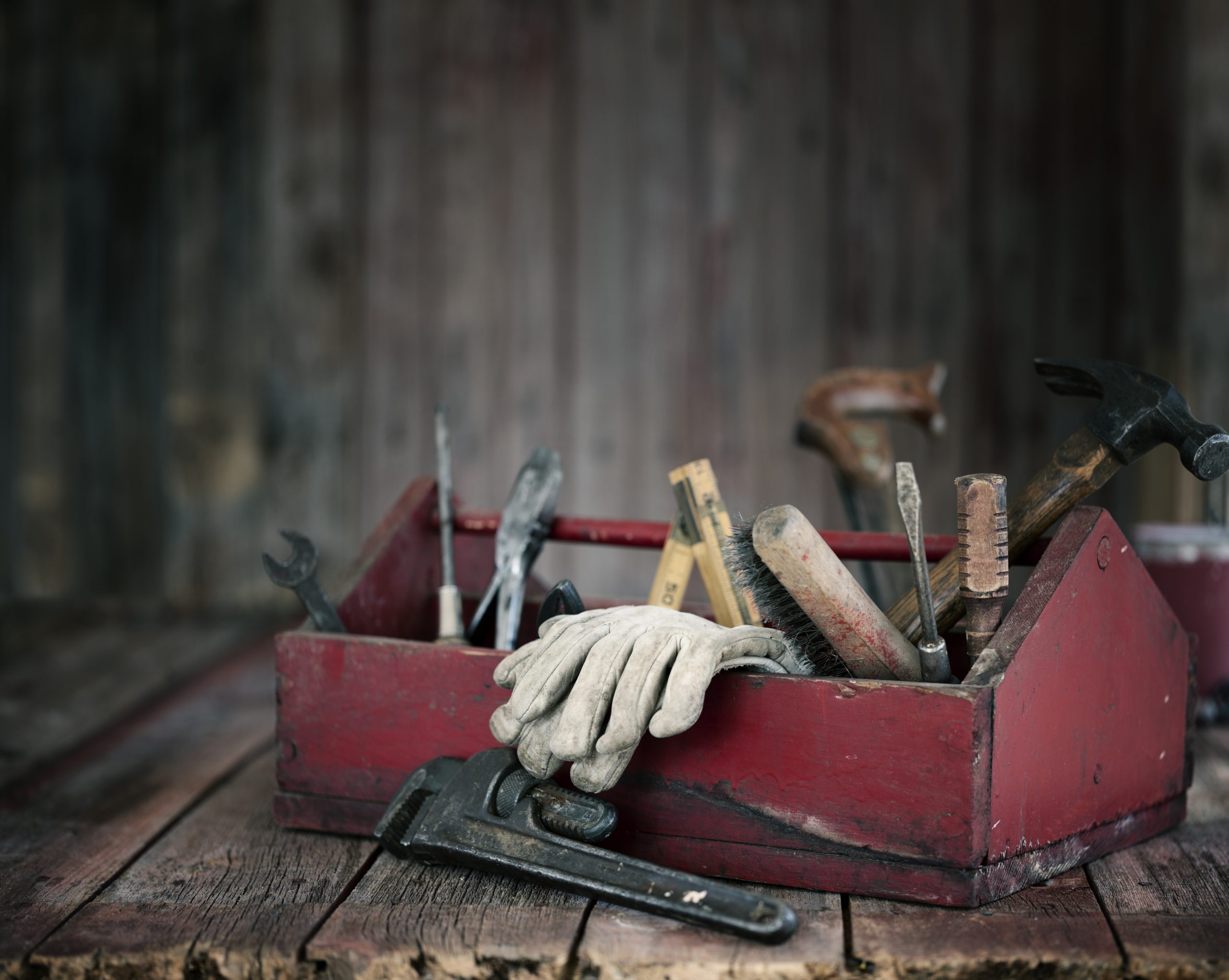In the business of Tungsten carbide reclamation and recycling we see many different types of tungsten carbide come through our warehouse. One of the most interesting types of Tungsten Carbide Hard Scrap that we see is the tri-cone drill bit. This alien looking creature is primarily used for drilling of wells.![]()
History
The invention of the tri-cone bit was a process. Before using drill bits mining was done by “hand steeling” – holding a chisel in one hand and a hammer in the other with which one hit the upper end of the chisel as it was held against the rock. This method was used up until about a hundred years ago. A skilled hand steeler would hit the chisel, turn it approximately a quarter turn then hit it again. The important part of this method is turning the chisel. This is because when the chisel is hit it crushes the rock right beneath it but the wedge head drives sideways against the rock on either side. So when the chisel is turned between hits not only will the rock be crushed but the thin layer between the second blow and where the first hit will be chipped away.

The drilling of the first oil wells was done with this technique except the chisel was much larger and heavier so that its own weight would act as the hammer. As you can imagine, this drilling method was very slow going and the industry was quickly ready for a better method. In 1909 Howard Hughes figured out that if small chisel shapes were set around a roller they could do the job of dropping the huge chisel. His idea was to spread the load over the face of the hole and balance the bit with two rollers which slanted toward the center of the bit. In 1933 this idea evolved into the tri-cone bit developed by two of Hughes’ engineers. The shape of the teeth can vary depending on the hardness of the rock to be drilled. The tri-cone bit works a lot like the earlier methods. It crushes the rock directly under the tooth and then this crushed rock disperses the applied force around the edge of the zone.
The Tri-cone Drill Bit and Recycling
Tri-cone bits can be made with diamond or other metals but tungsten carbide is one of the most popular materials. Sintered tungsten carbide cutting tools are highly resistant to abrasion and can withstand higher temperatures than standard high speed steel tools.
![]()
While Tungsten carbide tri-cone drill bits are very strong and last longer than other drill bits, they still wear down over time and have to be replaced. However, they should not be thrown out. Not only is recycling tungsten good for the environment but it also can put extra cash in your pocket. Tungco got its start when James Nance approached his son with the idea of collecting used drill bits from the mines and recycling them. These drill bits were tri-cone drill bits and Tungco has been involved with the recycling of tri-cone drill bits for over 35 years. Tungco’s hard scrap division will buy your used tri-cone drill bits to be recycled and made into brand new tungsten carbide tools. The value of tungsten carbide changes often depending on the market so call us today to see how much you can make from selling us your tungsten carbide tri-cone drill bits.






